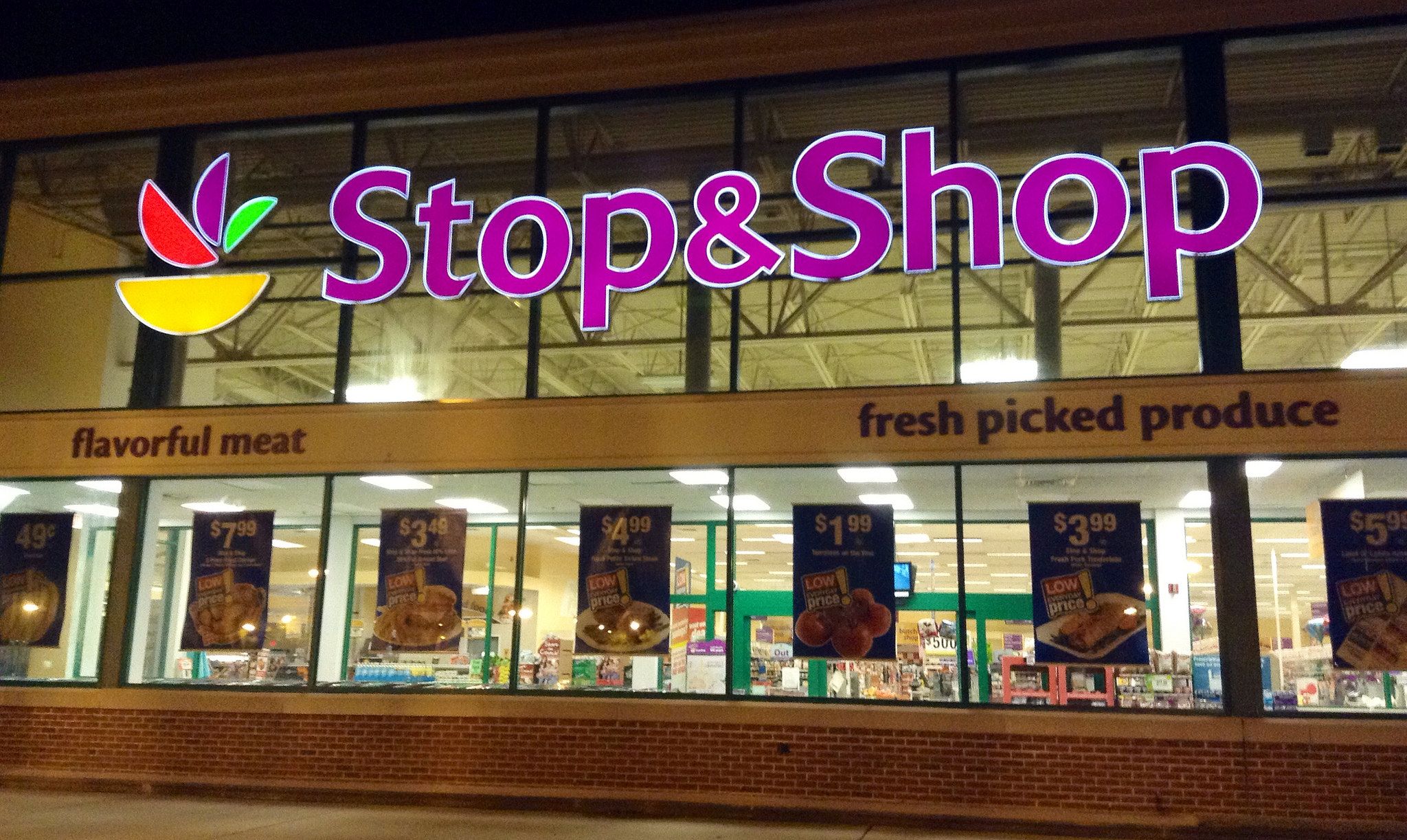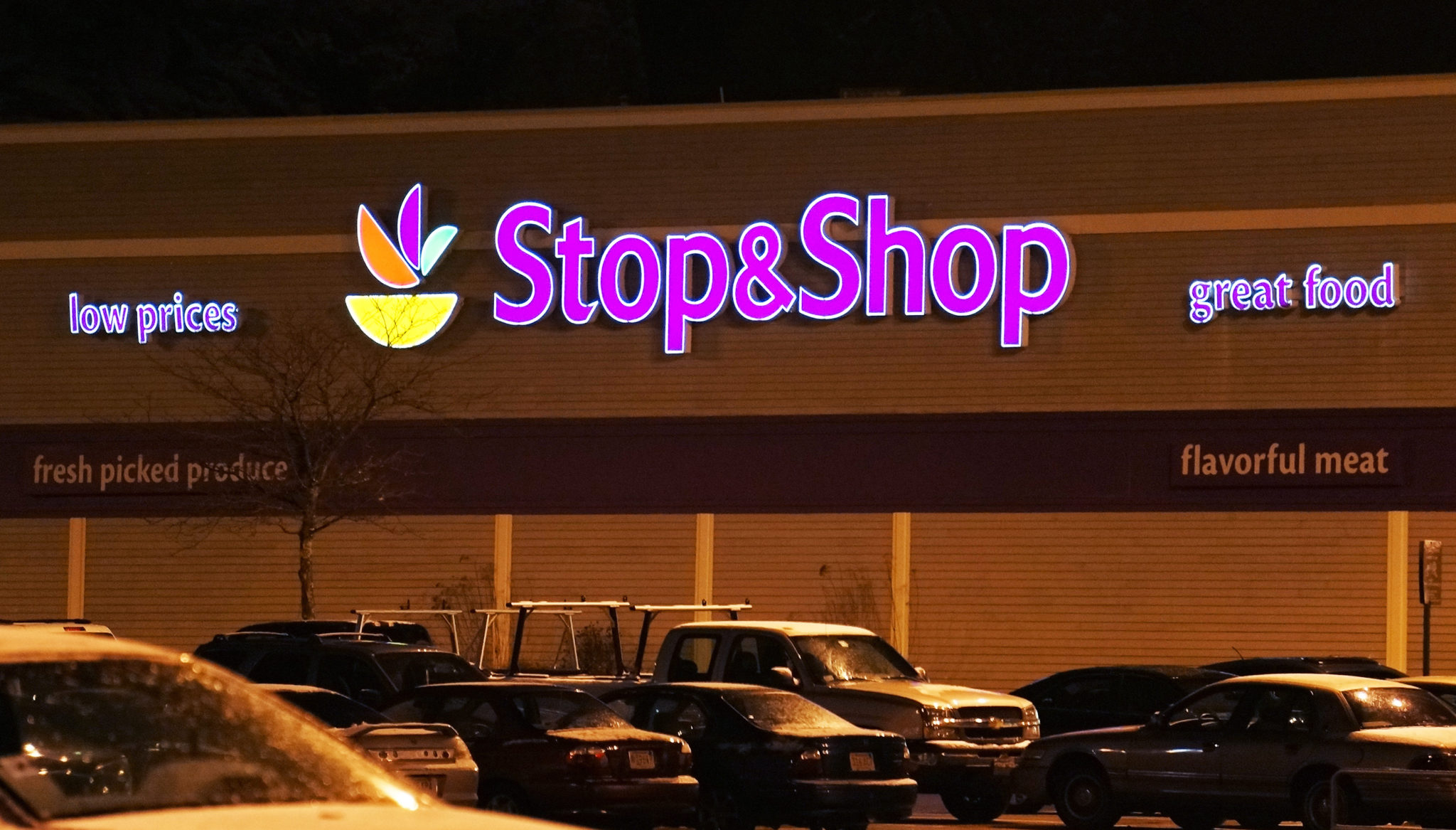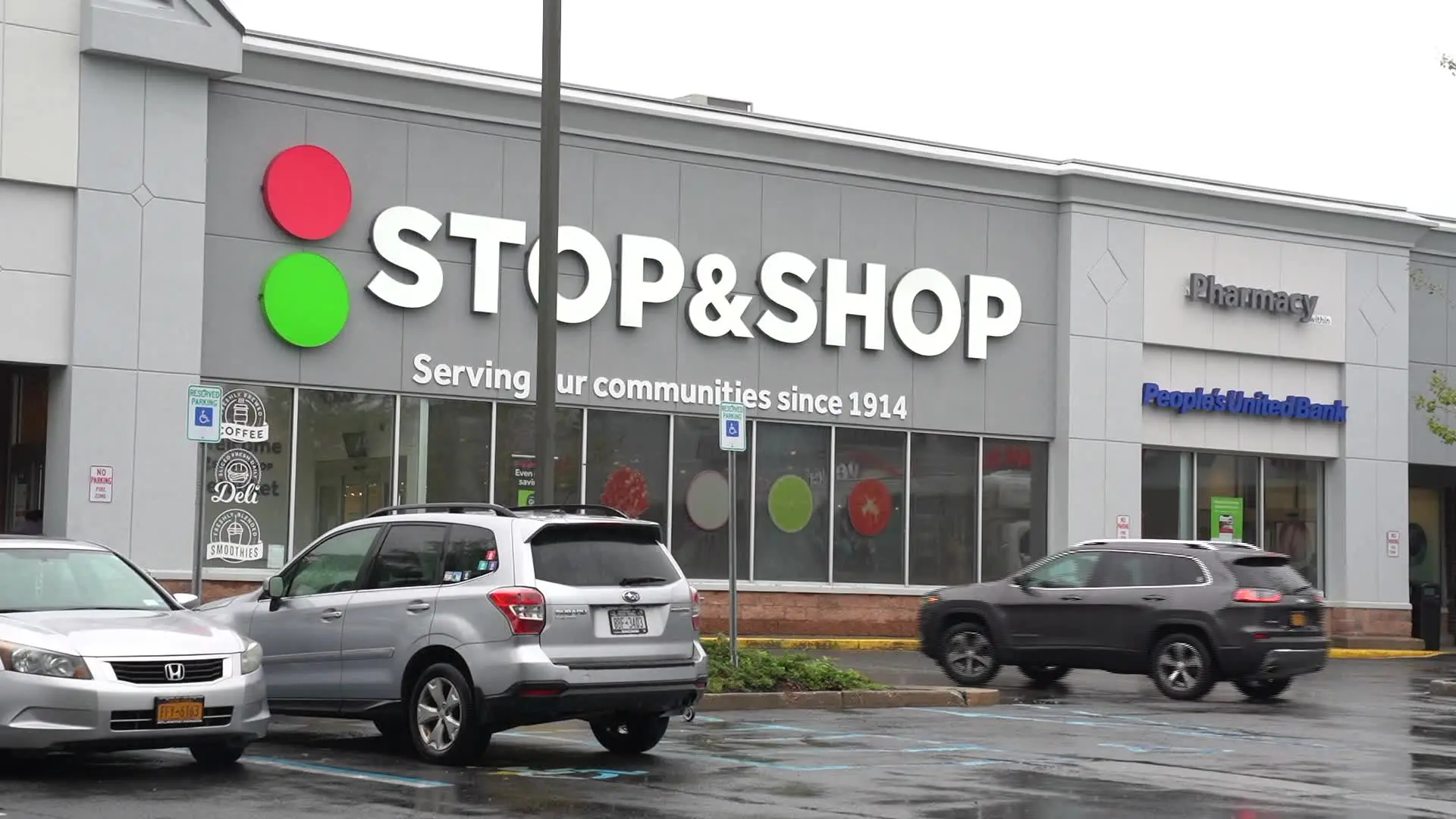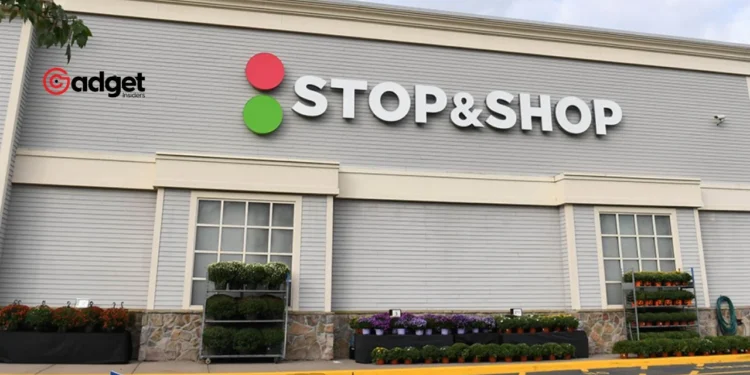In the competitive world of retail stores, Stop & Shop, a venerable grocery chain with a 110-year legacy, finds itself at a pivotal crossroads. Recently, the supermarket giant announced plans to potentially shutter over 10% of its stores across the Northeastern United States. This decision stems from a noticeable decrease in customer traffic, attributed mainly to the chain’s higher pricing strategy than its competitors.
According to industry insiders, Stop & Shop could close as many as 50 of its 397 stores. This revelation came as a shock to many and highlights the broader challenges faced by traditional retailers in adapting to an increasingly price-sensitive market.

The Pricing Dilemma
JJ Fleeman, CEO of Ahold Delhaize USA, the parent company of Stop & Shop, openly acknowledged the chain’s pricing issues at a recent investor meeting. “The value proposition and pricing at Stop & Shop are simply not strong enough,” Fleeman admitted. In response, he announced a “large, multi-year price investment” aimed at reclaiming lost customer base.
This strategy reflects a stark reality: the necessity for established retailers to reevaluate their pricing strategies amidst fierce competition and changing consumer expectations.

The Battle for Affordability
Stop & Shop’s struggle is not isolated. The retail sector is witnessing a broader trend where traditional supermarkets are losing ground to discounters and online retailers who offer lower prices. Burt Flickinger of Strategic Resource Group highlighted this by noting that shoppers pay 12% and 14% more at Stop & Shop than other stores.
This price discrepancy has prompted many to seek more budget-friendly alternatives, impacting Stop & Shop’s market share.
Strategic Store Closures and Renovations
The store closures are not just a knee-jerk reaction to declining sales but part of a broader strategy to streamline operations. Nearly half of Stop & Shop’s stores have undergone renovations and are reportedly performing better. However, it’s predominantly the locations in less affluent neighborhoods that are being targeted for closure.
Joshua Goldberg, a New York investment banker whose family founded and operated Stop & Shop for 72 years, shed light on the strategic considerations behind these decisions. “Stop & Shop always did better in neighborhoods where customers cared less about whether a quart of milk cost $3 or $3.28,” Goldberg noted, implying that price sensitivity in certain demographics influences store performance.

Consumer Sentiment and Competitive Response
The shifting dynamics in the retail industry are underscored by consumer reactions and competitive moves. As prices rise, especially in essentials like food, customer dissatisfaction has become more vocal. “Underperforming due to overpricing,” wrote one customer, echoing a sentiment that has become increasingly common among Stop & Shop patrons.
In contrast, giants like Walmart and Amazon are aggressively adjusting their pricing strategies to capture or retain their customer base, reflecting a broader industry trend towards more competitive pricing. Even specialized retailers like Walgreens and Target have joined the fray, announcing significant price cuts on a range of items to attract budget-conscious consumers.

Future Outlook: Rebalancing Strategy and Customer Focus
As Stop & Shop contemplates its next moves, the road ahead involves a delicate balance of maintaining quality while becoming more competitive on price. The company’s commitment to invest in in-store experiences and price adjustments is a clear signal that the traditional retail model is undergoing significant transformation.
For Stop & Shop, the future will depend heavily on how well it can align its offerings with the evolving expectations of its customers, ensuring its survival and growth in a fiercely competitive market.










